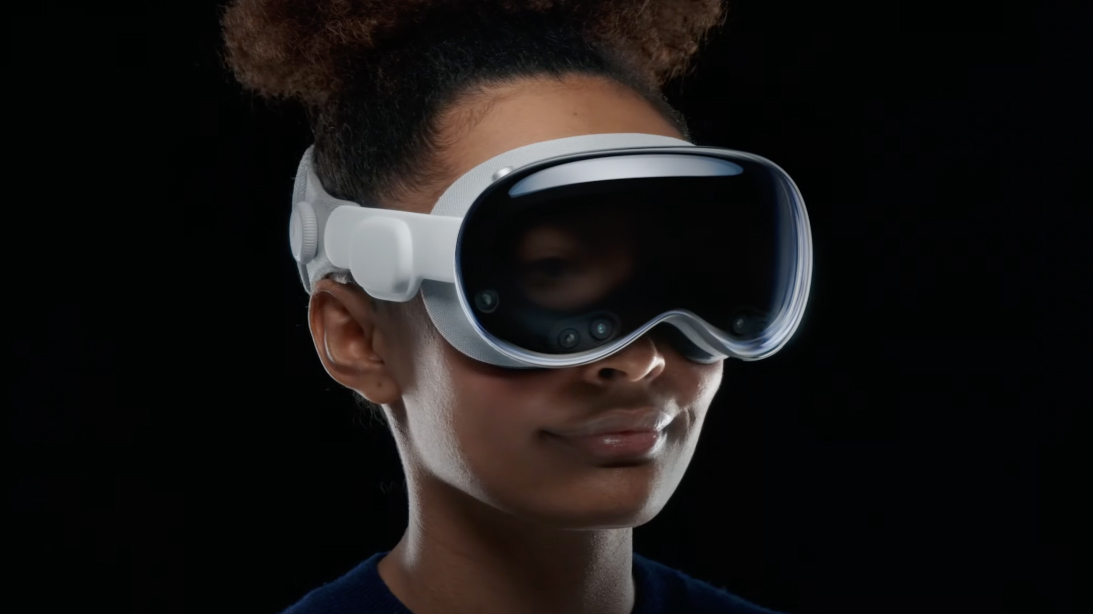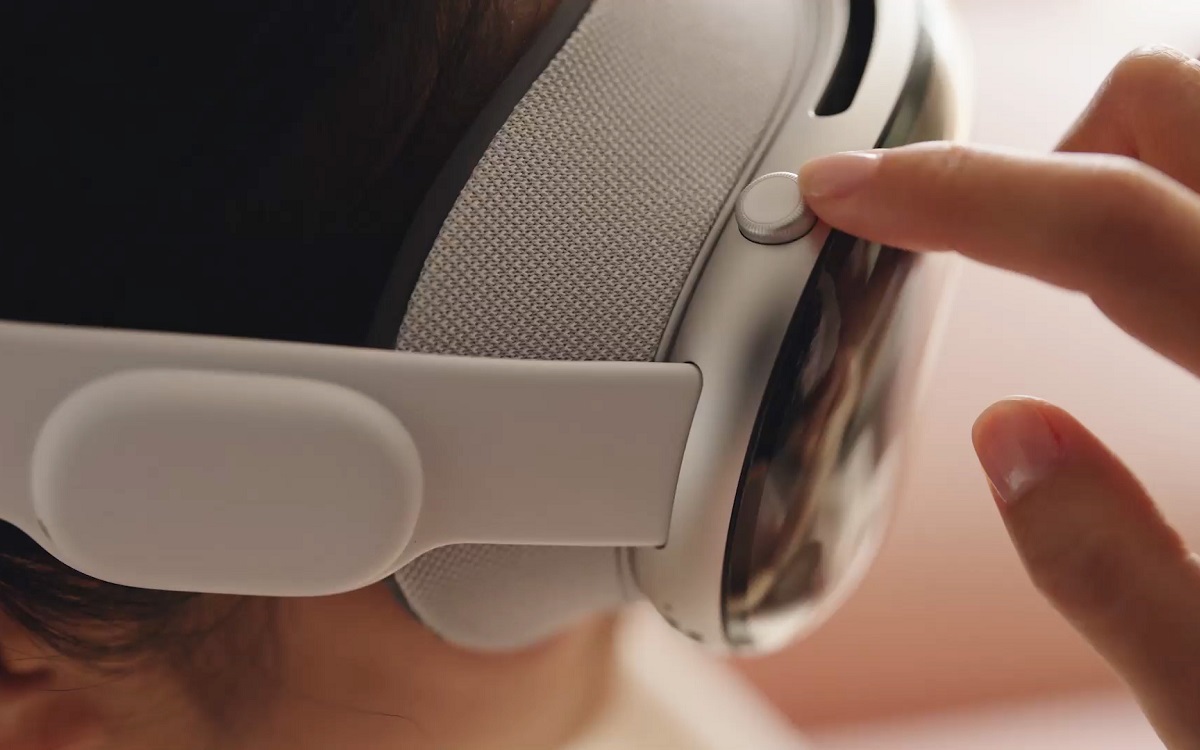Apple’s Vision Pro might be impossible to buy – and not just because of its price
Apple might only make 150,000 Vision Pros in 2024

We knew that getting our hands on the Apple Vision Pro would be a challenge – unless you happen to have a spare $3,499 (around £2,800 / AU$5,300) lying around that is. But even if you're able to afford the super-expensive VR headset you might still be out of luck, as new reports suggest Apple will produce limited numbers this year.
That’s according to a report from Bloomberg, which cites a paywalled Financial Times article claiming that Apple is having to rethink its sales targets for the Vision Pro, as it likely won’t be able to make as many as originally planned.
Apple had apparently hoped to sell one million headsets in 2024, but sources from Apple and Luxshare, which is currently the sole manufacturer of the headset, say they'll struggle to produce 400,000, while suppliers of key Vision Pro components have suggested that Apple may only be able to make around 150,000 with the parts it's requested.
This follows reports earlier this year that Apple may only be able to produce 300,000 Vision Pros in its first year of sale, and that Apple itself had predicted it would only sell around 100,000 headsets. For comparison, Meta’s Quest 2 sold an estimated 8.7 million units in its first full year on sale.
It's worth nothing that these latest reports are based on uncorroborated leaks, and while Apple may be struggling to hit its targets now, that situation could change, and Apple and Luxshare might be able to speed up production. What’s more, if the Apple Vision Pro doesn't prove hugely popular with consumers, 100,000 units could be all Apple needs to meet demand; low production numbers would only become a problem if the headset sells like hotcakes.
What could be causing Apple’s production problems?

So how is Meta able to produce millions of VR headsets a year while Apple is reportedly struggling to make a fraction of that? We don’t know for certain, but there are a couple of possible and reported reasons for the Vision Pro’s rumored production problems.
For one, Meta has been in the VR game for a while now, and as a result it has well-established production pipelines, and it also has a better grasp of how popular its gadgets will be thanks to sales data that goes back to 2016, when the original Oculus Rift launched. Apple is flying blind to some extent – this is its first foray into XR tech (a catchall term for virtual, augmented, and mixed reality), and it doesn’t yet know how things will pan out. By limiting production there’s a much lower risk that it’ll wind up with warehouses full of a gadget no one wants to buy.
Get daily insight, inspiration and deals in your inbox
Sign up for breaking news, reviews, opinion, top tech deals, and more.
Also, Apple’s Vision Pro isn’t like other VR headsets – and this isn’t simply because of the ethereal ‘Apple difference’ that makes its tech so attractive fans. The Vision Pro has features we haven’t really seen before in VR headsets – especially not all packaged together. It has dual micro-OLED displays that boast a higher resolution than the current best VR headsets, an outer display that can show off the headset wearer’s eyes via its EyeSight tech, a 3D camera for mapping a person’s face or an object, and a bevy of other sensors to facilitate next-generation hand-tracking, to name just a few.
Cramming all this into the headset is a challenge, according to insiders familiar with the situation, causing the Vision Pro to have low production yields – read: it’s slow to produce, and a number of Apple’s headsets may have defects that mean they can’t be sold.
As we've mentioned, we won’t know how easy it will be for would-be buyers to get our hands on the Apple Vision Pro until it launches sometime in 2024. When it does go on sale, you’ll want to make sure you’ve read our Apple Vision Pro hands-on review, and checked out the competition (like the Meta Quest Pro) to know if you want one or not – as you may need to move quickly if you want to order one before stock runs out.

Hamish is a Senior Staff Writer for TechRadar and you’ll see his name appearing on articles across nearly every topic on the site from smart home deals to speaker reviews to graphics card news and everything in between. He uses his broad range of knowledge to help explain the latest gadgets and if they’re a must-buy or a fad fueled by hype. Though his specialty is writing about everything going on in the world of virtual reality and augmented reality.